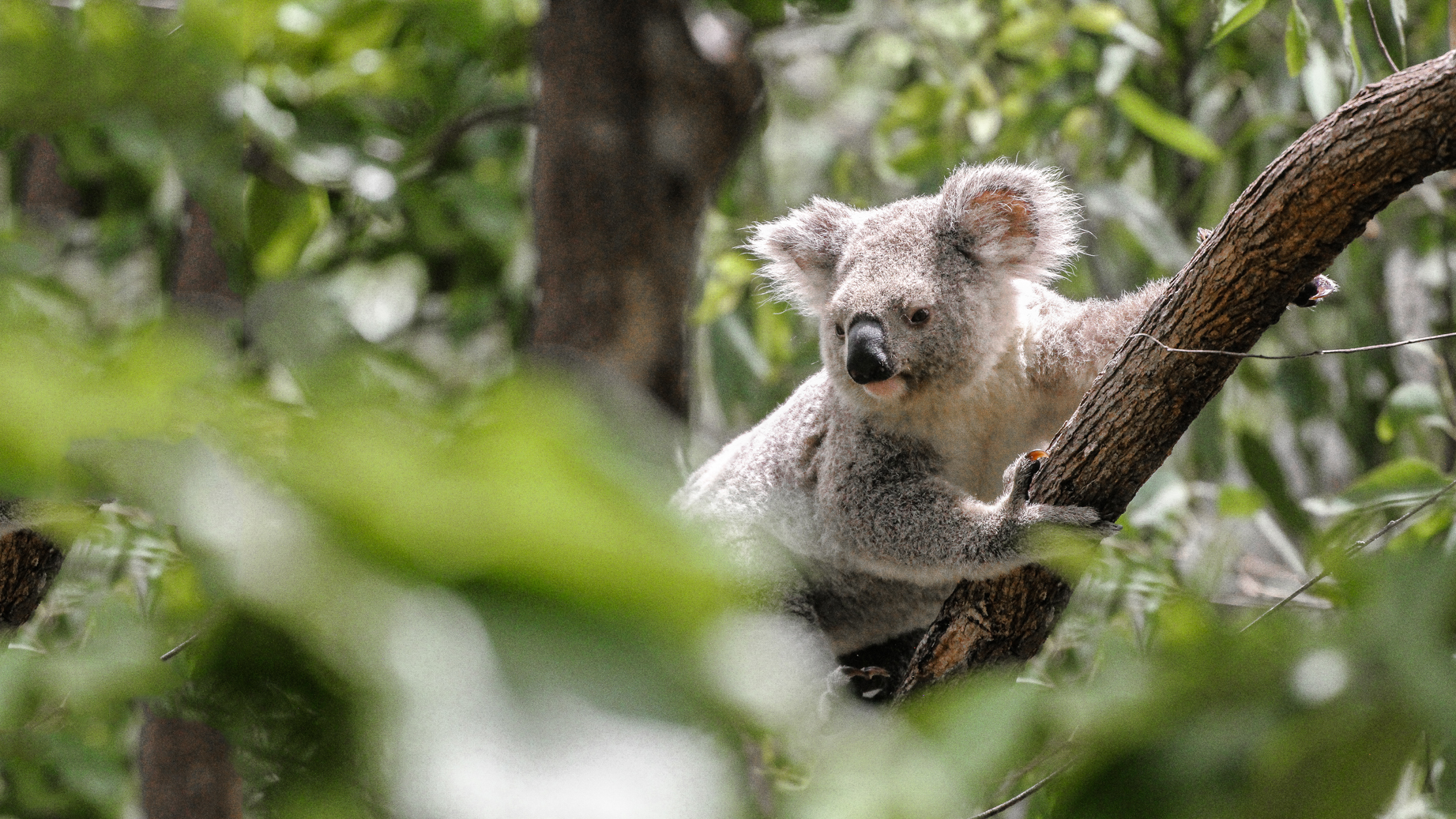Australia is home to four native species of flying-foxes (grey-headed, black, little red and spectacled), all of which play vital roles in pollination and seed dispersal. Sadly, flying-fox populations are in rapid decline, with some species now listed as vulnerable or endangered. These magnificent creaturesare increasingly under threat due to climate change, habitat...
The History – Australia is one of the world’s biggest wool producers. Originally, our Merino sheep had smooth skin, but in 1883 the Vermont Merino was introduced with folds of skin and wrinkles to maximise wool production per sheep.
Aussie flies – This move towards more wrinkly Merinos was a disaster for sheep, whose folds of skin made a perfect abode for blowflies to lay their eggs resulting in blowfly maggots feeding on the skin of the poor sheep.
A painful problem – This condition is called ‘flystrike’ and is extremely painful for the sheep. Flystrike continues to be a widespread problem for both sheep and the wool industry which loses millions each year in prevention, treatment, and lost production.
A painful solution – In the 1920s, in an attempt to solve flystrike, sheep farmer John Mules was the first to use large shears to slice away the wrinkly folds of skin from either side of the tail of a sheep. The now widespread practice—which has been known as ‘mulesing’—leaves scar tissue which is unattractive to flies, and prevents flystrike at the sheep’s rear.
A better solution – Today more than 10 million lambs are mulesed each year across Australia. But solving a painful problem with a painful solution makes no sense. Thankfully some wool growers refuse to mules their lambs, and instead, have used selective breeding to revert to smooth-bodied sheep that are naturally resistant to flystrike. Flystrike-resistant sheep can also be bred to produce equal volumes of high quality ‘non-mulesed wool’.
So what is ‘live lamb cutting’? The term ‘mulesing’ is outdated and non-descriptive, masking the cruelty of an increasingly controversial practice. Consumers want to know more about the products they buy, and they care about animals. Yet ‘mulesing’ is a mystery term to many shoppers who buy wool – but we think they have the right to know.
Most consumers would be horrified to know the ugly secret behind Australian Merino wool. So collectively, animal protection organisations recently introduced a new and more descriptive term to better describe the problem: ‘live lamb cutting’.
Nothing to hide – ‘Live lamb cutting’ will help consumers make an informed decision about what they buy. This new name uncovers the secrecy behind mulesing and uses language that everyone understands.
What you can do for lambs
- Join calls for changes to legislation to phase out live lamb cutting and make pain relief mandatory for the practice while it is quickly phased out.
- If you buy wool, avoid wool from live cut lambs and use our Better Wool Guide to help you make kinder purchasing choices.
- Spread the word and share our live lamb cutting explainer video.
It’s time for the wool industry to use terms that are straight forward, transparent, and stop pulling the wool over our eyes.


